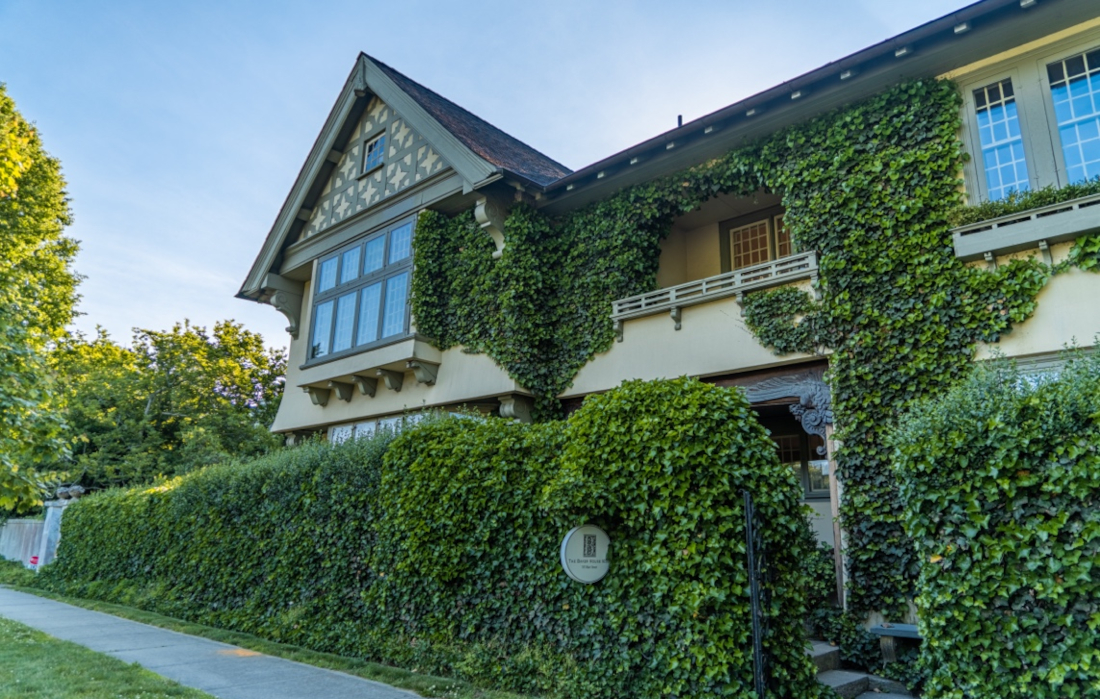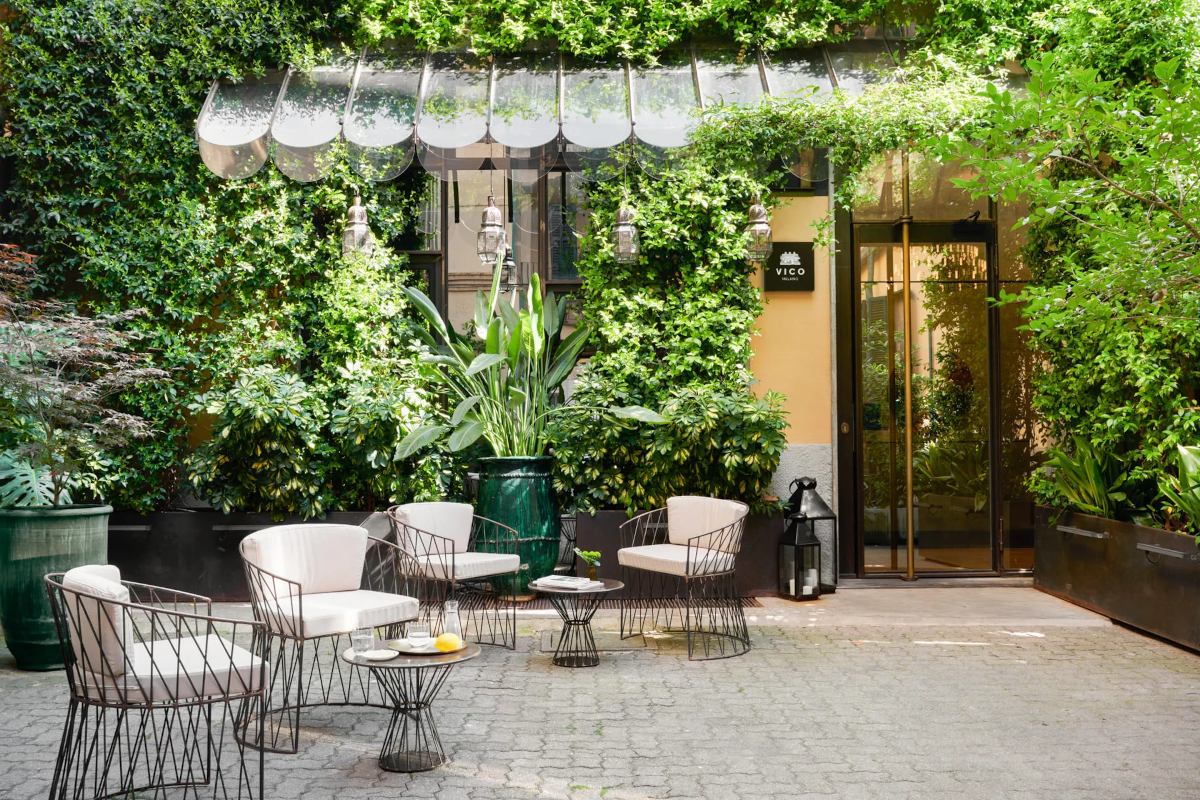Baker House 1650 Crowned “Best House, Villa or Serviced Apartment” in North America
The Baker House 1650 is one of East Hampton’s most celebrated luxury inns. It has been named “Best House, Villa or Serviced Apartment in North America” by Condé Nast Johansens at the 2026 Awards...













